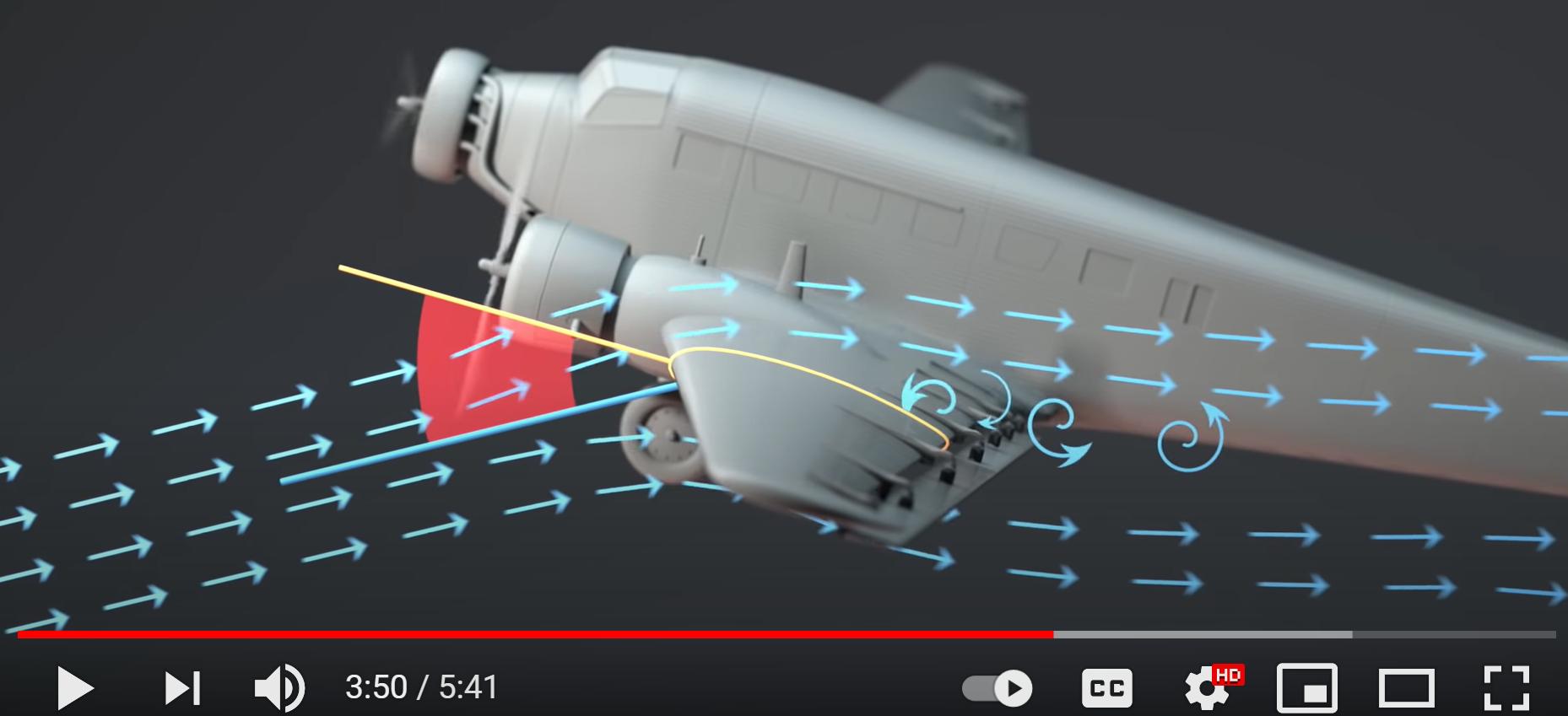Beware of critical Angle of Attack in ascending air flow!
Erklärvideo zum Unfall der Ju 52 vom 4. August 2018 - YouTube
Jan 28, 2021

Swiss Transportation Safety Investigation Board STSB
890 subscribers
Am 4. August 2018 verunfallte ein historisches Verkehrsflugzeug Junkers Ju 52, betrieben durch Ju-Air, bei Flims in den Schweizer Alpen. Alle 20 Personen an Bord des Flugzeuges kamen dabei ums Leben. Die Schweizerische Sicherheitsuntersuchungsstelle (SUST) hat den Unfall untersucht um seine Ursachen und die tieferliegenden Gründe zu finden. Damit die Sicherheit in der Luftfahrt verbessert werden kann, spricht die SUST acht Sicherheitsempfehlungen sowie sieben Sicherheitshinweise aus. Schuld- und Haftungsfragen werden durch diese Untersuchung ausdrücklich nicht geklärt. Dieses Erklärvideo soll gewisse Inhalte des Schlussberichtes Nummer 2370 der Schweizerischen Sicherheitsuntersuchungsstelle dynamisch veranschaulichen. Es ist keine Zusammenfassung des Schlussberichts, der die detaillierten Abläufe und die systemischen Aspekte des Unfalles darlegt.
Schlussbericht No. 2370 zum Unfall der Ju 52/3m g4e HB-HOT https://www.sust.admin.ch/inhalte/AV-...
Schweizerische Sicherheitsuntersuchungsstelle
https://www.sust.admin.ch
Quote
"If entering an Updraft would be dangerous because of increased AOA, all gliders would be stalling when entering a thermal, cause a glider pilot in addition of entering the updraft pulls up."
Comment
It´s a matter of vector mathematics:
If you change either vector of air chusion´s move towards airfoil oder AOA towards vector of air cushion´s move ... result is the same.
Glider pilot travelling at reasonable or low speed in horizontal flight, experiencing thermal lift, will face stall if maintaining stick position (as AOA might pass critical AOA). If in same situation stick is moved even back, stall will happen earlier.
I´m fully with the explanation SUST-people give in the video.